Welcome fellow anglers, to the captivating world of redfish fishing. If you want to know how to catch redfish you are in the right place. Once you have experienced the exhilaration of targeting and landing one of these magnificent inshore gamefish, you will immediately know just how addictive the pursuit can be.
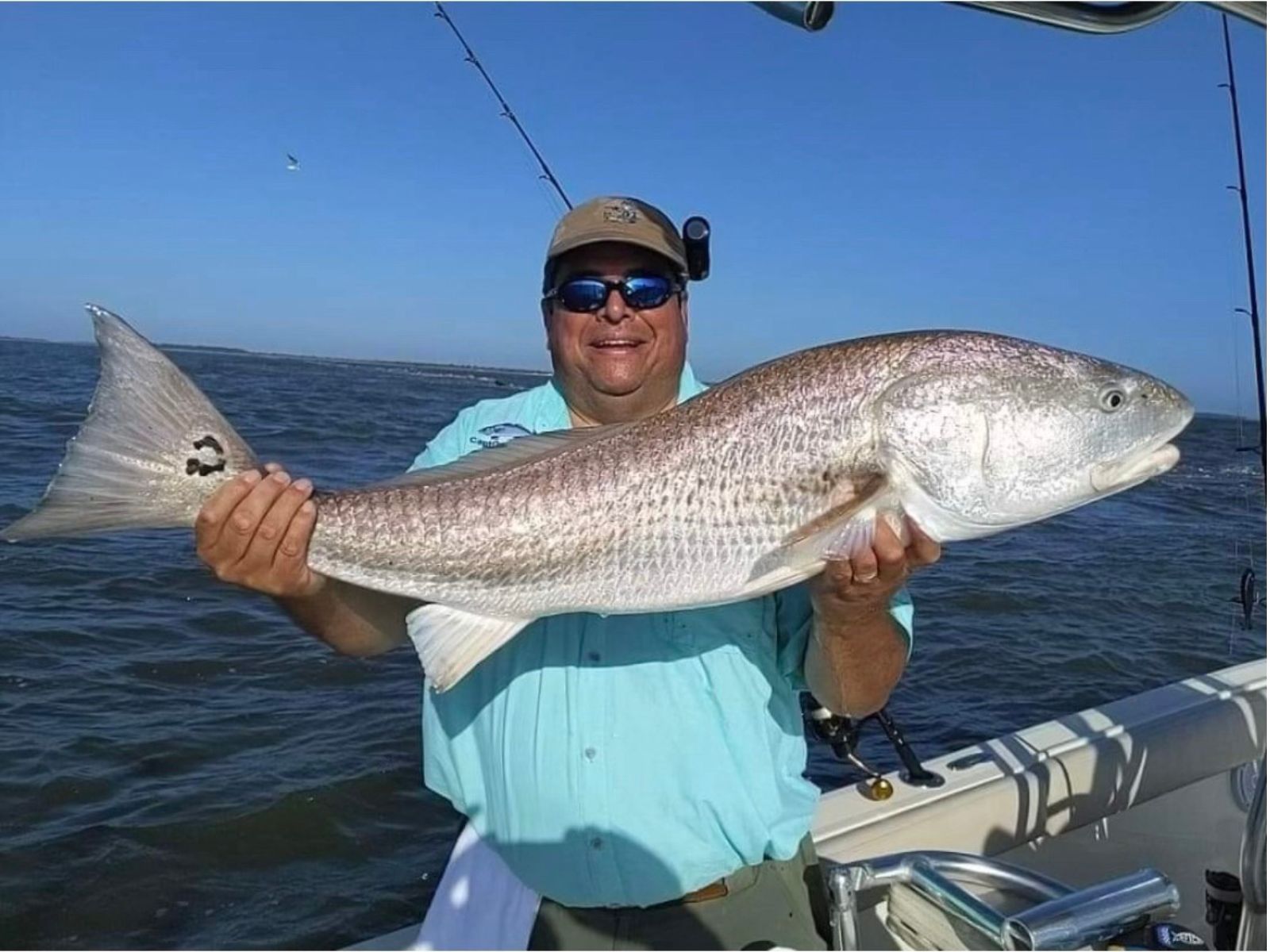
From the moment you feel that first electrifying tug on your line to the adrenaline-filled battle that ensues, catching a redfish is an adventure that leaves an indelible mark on every angler’s memory.
Let’s delve into the secrets behind successfully targeting and catching these prized red drum. We’ll explore the importance of understanding their dietary preferences, the ideal fishing locations, and the tackle that will maximize your chances of catching and reeling and landing these majestic trophies.
So, gear up, cast your worries aside, and prepare to uncover the hidden, and local knowledge that will make catching redfish a breeze!
Understanding what Redfish Eat…
Understanding what a redfish eats is the key to unlocking their elusive nature. These remarkable creatures have a versatile palate, devouring an array of prey that ranges from crustaceans, mollusks, small fish and shrimp.
Through identification of their preferred delicacies, we gain invaluable insight into the lure types and designs as well as the baits that entice their voracious appetites, making our chances of success skyrocket. ID what they are eating and mimic your offering to match.
Location: Where to find Trophy Redfish
Location, as in real estate, is everything; especially when targeting a specific type of fish, understanding a fishes habitat is key, and this holds true when it comes to redfish. They have a unique affinity for coastal inshore and near shore habitats, particularly marshes, flats, oyster beds, estuaries, and jetties where they seek shelter and sustenance, they particularly enjoy the tidal waters where there is abundant seagrass fields, and oyster reefs.
These prime fishing spots will unveil the hidden honey holes where these gamefish congregate, ready to pounce on unsuspecting prey and, hopefully, your well-presented offerings and lures.

Of course, no successful angling endeavor is complete without the right tackle. Whether you prefer spinning reels or baitcasting setups, selecting the appropriate rod, reel, line, and terminal tackle is crucial for a rewarding battle with a redfish.
The optimal equipment choices will strike a balance between strength and finesse, allowing you to handle the hard-fighting nature of these incredible gamefish while maximizing your chances of landing that trophy red.
Beyond the practical aspects of fishing for redfish, it’s important to highlight the sheer excitement and thrill that accompanies each encounter. The intense moment when your line goes taut, the rod bends, and the redfish erupts from the water, dancing across and just under the surface, is an adrenaline rush like no other.
These resilient fighters possess an uncanny ability to test an angler’s skill and resilience, rewarding perseverance with an unforgettable fight that will leave you longing for the next battle.
What do Redfish a/k/a Red Drum feed on?
Redfish, also known as red drum, are voracious predators with a diverse and opportunistic diet. They inhabit coastal estuaries, tidal basins, rivers, creeks and ocean inlets and especially jetties, where they feast on a wide range of prey items. The primary diet of redfish consists of small fish such as mullet, mud minnows, shrimp, and crab, with bigger bull redfish targeting large mullet and menhaden.
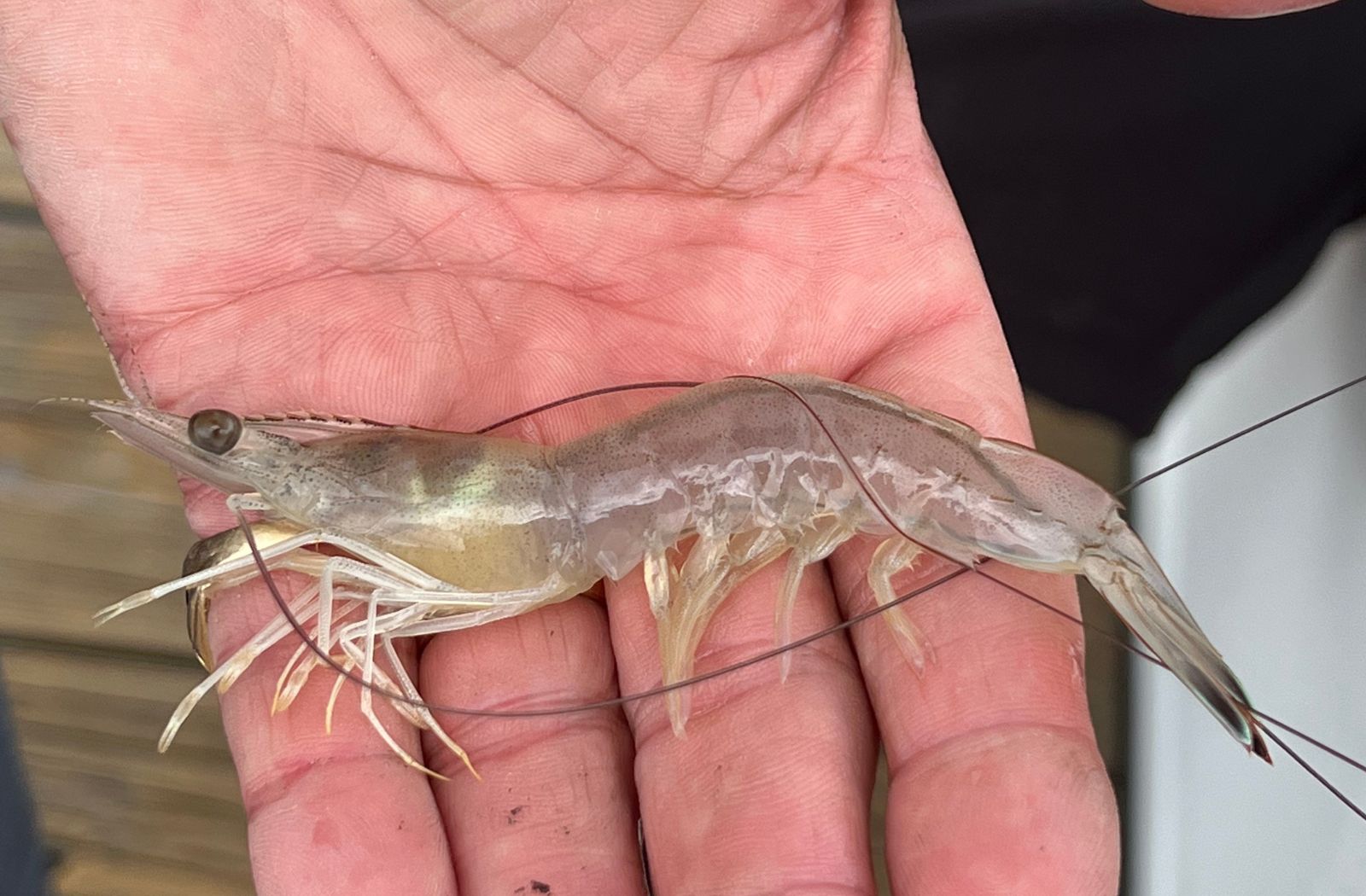
These fish rely on their excellent vision and sharp senses to locate and ambush their prey. Redfish also feed on various crustaceans like blue crabs, fiddler crabs, and marsh crabs, which they crush with their powerful jaws.
Additionally, red drum forage for mollusks such as clams, oysters, and mussels by using their downturned mouths to root in the sediment or scrape them off rocks and especially can be found foraging the oyster beds.
Redfish are known to be opportunistic feeders, adapting their diet based on the availability of food in their environment and tide. If you fish skinny water either backwater tidal flats or during low tide sight fishing either environments are fun areas to target Reds.
In shallows watch for Redfish tailing, as well as disturbed plumes of silt trails in the shallow mud. When sight fishing for redfish their tails will protrude the water as they looking for small crabs and baitfish hiding in the pluff-mud, and shell strewn silt covered bottoms, along grassy banks and shallow water pools.

This flexibility allows them to consume a variety of invertebrates and small finfish, making them versatile predators in their ecosystem.
What are the feeding habits of a Redfish a/k/a Red Drum Fish?
Redfish are known to be voracious feeders, primarily targeting crustaceans like crabs and shrimp, as well as small fish and mollusks. They are often found near estuaries, marshes, and shallow coastal waters where these food sources are abundant.
Redfish use their excellent sense of smell and keen eyesight to locate prey, and they are known to use their downturned mouth to root in the sediment, stirring up prey. Additionally, they are also known to ambush their prey by lurking near structures like oyster bars, rocks, and submerged vegetation, waiting for an opportunity to strike.
Bull Reds can be targeted near river mouths, lying in wait on and around jetties as the current carries larger bait fish through these areas. If your looking for a trophy Bull these are excellent area’s to target.
Their feeding habits make them a thrilling target for anglers, who can entice redfish using a variety of bait and lures that mimic their natural prey.
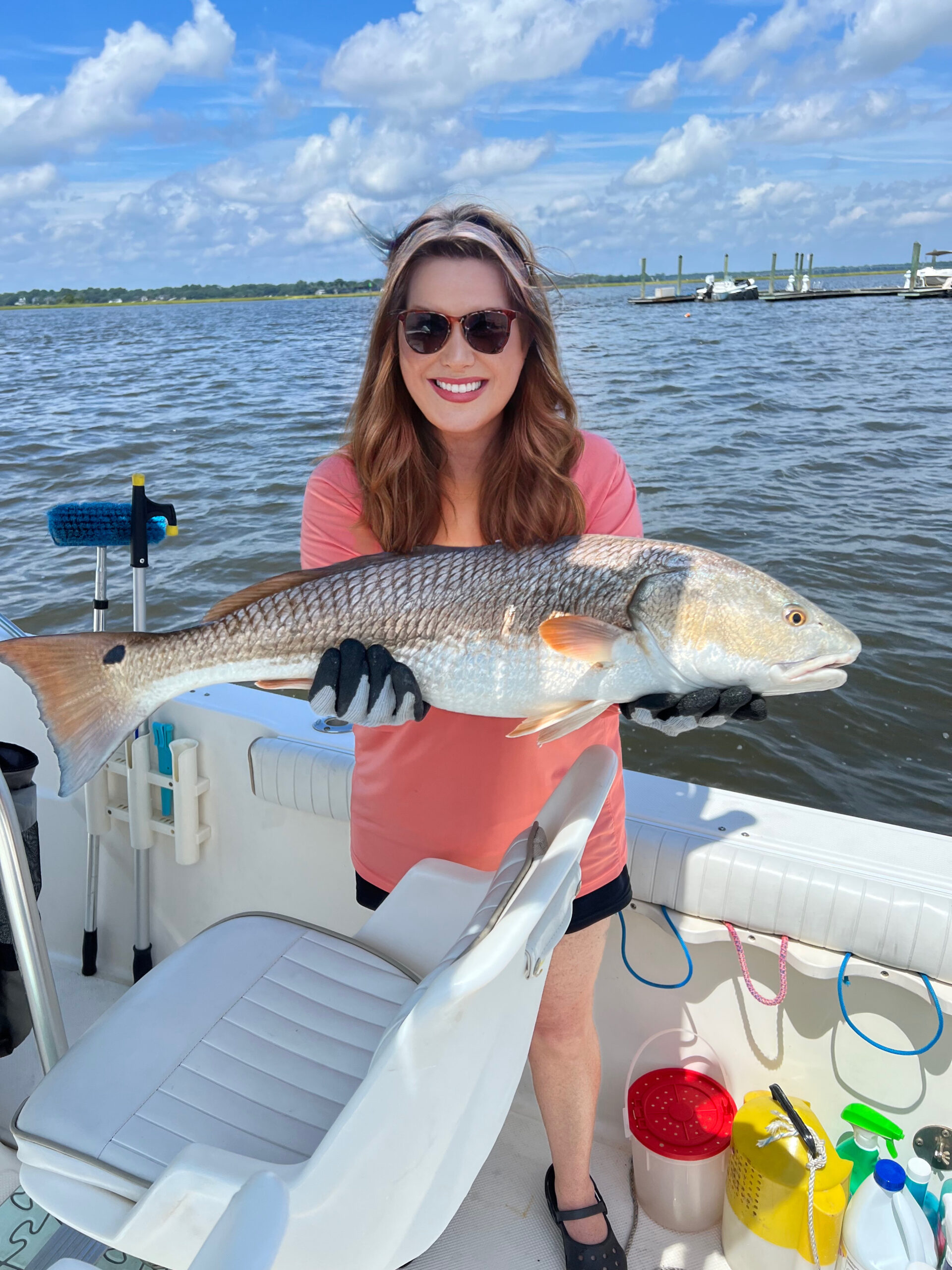
What Bait and Lures Entice Redfish a/k/a Red Drum Fish?
When it comes to targeting redfish, selecting the right bait and lures can greatly increase your chances of success. Redfish are known to be opportunistic feeders, often found near oyster beds, grassy flats, or mangrove shorelines.
Some of the most effective baits for redfish is shrimp, live shrimp out performs dead shrimp, if you use cut bait, mullet, or crab, either live or chunked are effective .
These natural baits emit scent and movement that entice hungry redfish. Use a Saltwater Popping corks to display your fresh bait, and position your offering in a way that Reds cannot resist. The Popping cork when retrieved with a twitch or jerk motion will splash and alert fish to the area where the baits will be discovered.

Additionally, soft plastic lures in natural colors, resembling shrimp, crabs, or small baitfish, are highly effective.
Some of my favorites softball options for Reds include the DOA Deep Bait Buster, the DOA Shrimp , and the Egret Vudu Shrimp, and TRUSCEND TPE Pre-Rigged Shrimp, these baits can be cast out and retrieved slowly along a grass line or over deeper holes, sand flats, oyster bars and outside tidal drain that feeding a main river or creek on an outgoing tide all will hold Redfish.



Popular options include paddle tail grubs, jerk baits, and shrimp imitations with weedless hooks to prevent snagging in grassy areas. Pre Rigged soft lures work well.

Topwater lures, such as popping plugs or surface walkers, can also be productive, especially during early morning, low-light conditions, evening, or when redfish are actively feeding on the surface. MirrOLure are a favorite brand of lure that has produced for me in Southern waters fishing skinny water while sight casting to redfish.
Since redfish have a mouth that is located on the underside of it’s head mainly used to forage in the mud when they hit top water lures they crash it and often the strike comes from a surge and jump so the fish’s mouth grabs the lure from above.
these MirrOLures produces consistent redfish strike, as well as other species like Snook. I always have several in my tackle my GOTO to MirrOLure is the Popa Dog

Experimenting with different baits and lures, considering factors such as water clarity, current, and time of day, will help you fine-tune your approach and increase your chances of landing a trophy redfish.
Do not forget to include Weedless Spoons, you have to include these in your tackle box as they mimic crabs and shrimp as they are fished in the sandy, or muddy bottom along grass.

Check out the Catching Bull Reds on Live Bait Video Here..
What is the preferred Redfish Tackle?
When it comes to choosing the best rod and reel setup for red fishing, there are several factors to consider, including the type of redfish you’ll be targeting and the fishing conditions you’ll be facing (e.g., inshore, offshore).
However, I can provide you with a general recommendation for a versatile spinning setup that should work well for most red fishing scenarios:

Best Spinning Rod for catching Redfish
For red fishing, a medium to medium-heavy power spinning rod is typically suitable. Look for a rod that is around 7 to 7.5 feet in length. This length offers a good balance of casting distance and control. Choose a rod that is specifically designed for saltwater fishing, as it will have the necessary durability and corrosion resistance. Brands like Falcon, St. Croix Mojo, G. Loomis Popping Series, and Shimano Teramar, offer excellent options in this category.

Best Spinning Reel for catching Redfish
Selecting a reel with a smooth drag system and strong construction is essential for red fishing. Look for a reel that is rated for saltwater use and has a high-quality build. Consider the reel size based on your target species and fishing conditions.
A 3000 to 4000 series reel should provide a good balance of line capacity and strength. Reputable spinning reels and brands include Shimano Sahara, or Shimano Stradic SW are or the Penn Fierce, Penn Battle, and Daiwa BG’s offer a range of spinning reels sizes suitable for red fishing as well as versatility for other gamefish that can be found in area’s you will target the reds.


Best Fishing Line and Leaders for catching Redfish
Use braided line as your mainline, as it provides excellent strength and sensitivity. Opt for a line with a test rating between 20 to 30 pounds, depending on the size of the redfish you’ll be targeting.
Connect the braided line to a fluorocarbon leader using a high-quality knot like the double uni knot or the FG knot. If you are challenged in the knot tying department you can always get pre-tied fluorocarbon leaders with a test rating between 20 to 30 pounds should be suitable for most red fishing situations, if targeting bull redfish dial up your test unto 65lbs.


How to Catch Redfish from the Beach

When fishing from the beach, it’s essential to use appropriate tackle. A medium to heavy spinning or casting rod around 7 to 10 feet in length is suitable for casting long distances.
Pair it with a sturdy reel capable of holding enough line and handling the strength of redfish. Use a monofilament or braided fishing line, my preference is braid with a test strength of 20 to 30 pounds.
Redfish often cruise the shallows, searching for food. When casting, aim for areas with submerged structures, troughs, sandbars, or other features that attract baitfish, especially oyster beds.
Make long casts beyond these areas and retrieve your bait or lure back in a natural and enticing manner. Vary your retrieval speed and depth to see what triggers a response.
Fishing for redfish from the beach requires patience and observation. Take your time to scout the water and look for signs of feeding activity such as jumping mullet, birds diving, or surface disturbances.
Pay attention to the movement of the tides and adjust your fishing strategy accordingly.
How to Sight Fish the Grass Flats for Redfish
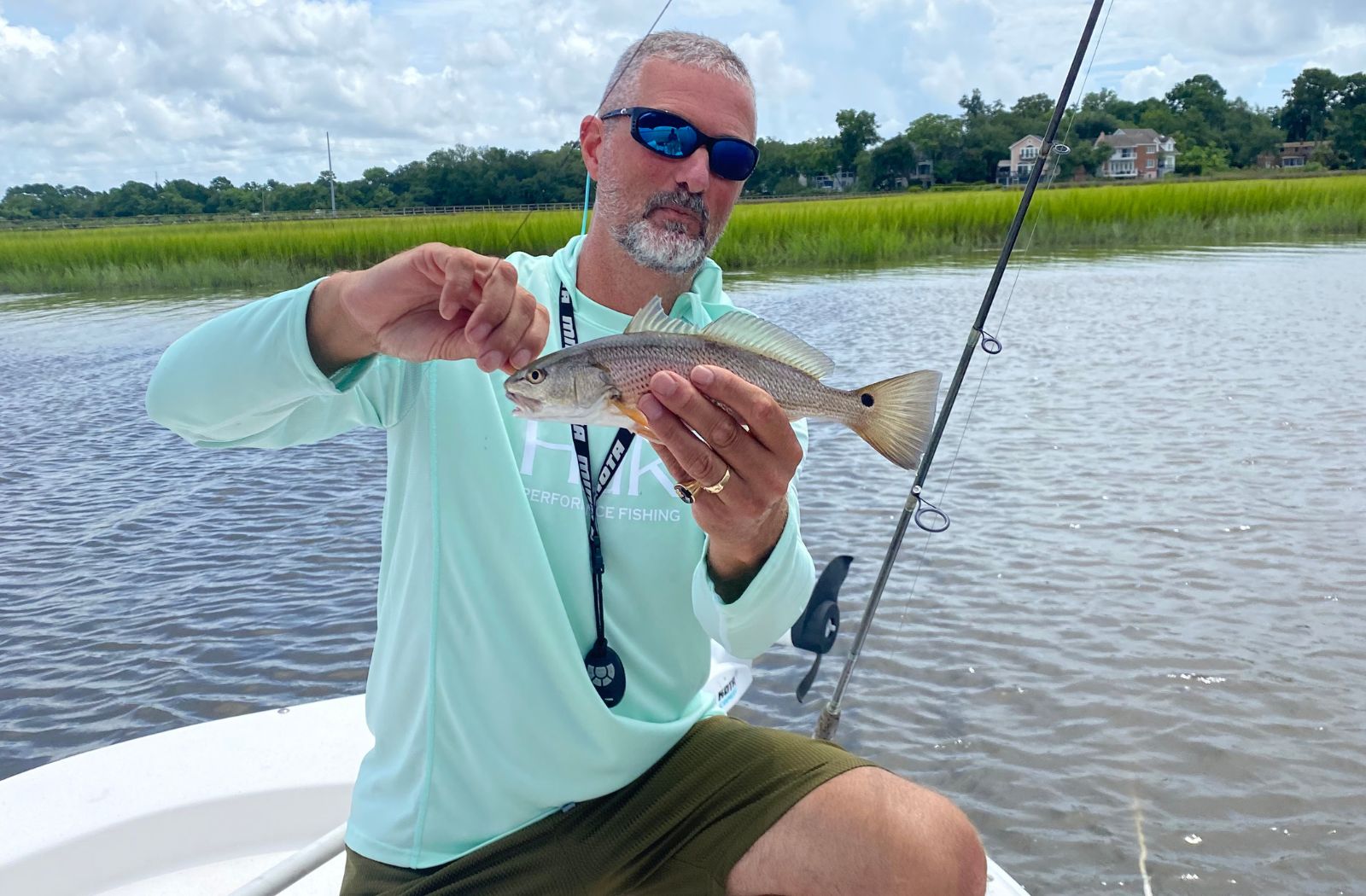
- Choose the Right Conditions: Start by selecting the right weather and tide conditions. Ideally, you want clear skies and calm waters for better visibility. Look for a rising, tide, as it will push water into the grass flats and bring the redfish closer to the shallows. During a falling tide Redfish will target the baitfish getting flushed out of the grass where they were hiding during the high tide. As the water falls the Red Drum will be found in deep pools where the bait will congregate and hide. As the water drains out of the estuaries and drains you can find them lying in wait for bait to be flashed out of the backwater into the main body of water. You can find Bull Reds during these two tides along the jetties as they hunt the rocks for schools of baitfish exiting the inlets.
- Invest in a good pair of Polarized Sunglasses, my favorite is Costa Del Mar , as they come in prescription. If you tend to lose, sit on, break, or damage your sunglasses you may want to invest in polarized sunglasses that will not break the bank such as HUK. The polarized lenses help reduce glare and allow you to see beneath the water’s surface, making it easier to spot the redfish. If you sight fish for Redfish your odds improve exponentially with the addition of polarized lenses, they are a must have for any outing.
- Observe the Flats: Position yourself on a high vantage point like a casting platform or poling platform on a flats boat. Take your time to observe the flats and look for signs of redfish. They often leave wakes, tails, or disturbances in the water as they feed or move through the grass.
- Look for Redfish Characteristics: Redfish have certain distinctive features that can help you identify them. They have a copper or bronze color, especially on their tails and fins, which is why they are called redfish. They also have a spot or series of spots near their tail. Look for these characteristics as you scan the water.
- Stealthy Approach: Once you spot a redfish, approach it quietly and slowly. Redfish have excellent hearing and are sensitive to vibrations. Any sudden movements or loud noises can startle them and make them swim away.
- Select the Right Lure or Bait: Choose your lures or baits based on the feeding behavior and preferences of redfish in the area. Soft plastic baits, such as shrimp imitations or small crabs, work well. You can also use live bait like shrimp or small baitfish. Ensure that the lure or bait matches the size and color of the prey the redfish are feeding on.
- Make Accurate Casts: Cast your lure or bait ahead of the redfish, leading it by a few feet. Aim for a spot where the fish is heading or likely to swim. Make accurate casts to avoid spooking the fish. Allow the lure or bait to sink or swim naturally before retrieving it.
- Work the Lure: If using a lure, employ a slow and subtle retrieval technique. Redfish are bottom feeders and often feed in the grass or mud, so keep your lure near the bottom. A slow twitching or hopping motion can imitate a wounded or struggling baitfish.
- Patience and Persistence: Sight fishing for redfish requires patience and persistence. You may need to scan multiple areas, make several casts, and try different techniques before getting a bite. Stay focused, observe the fish’s behavior, and adjust your strategy accordingly.
- Remember to always adhere to local fishing regulations and practice catch-and-release when appropriate. Sight fishing for redfish in the grass flats can be challenging, but with practice and experience, you’ll improve your skills and increase your chances of success.
Best Redfish Charter on the East Coast…
If you are going to be in the Charleston South Carolina area I highly recommend FISH CALL CHARTERS. Capt. J.R. Waits never disappoints.
Can you eat Redfish?
Red drum is widely considered a delicious fish and is commonly prepared and enjoyed by chefs and seafood enthusiasts.
It is known for its mild, slightly sweet flavor and firm texture. Here are a few ways to prepare and eat red drum:
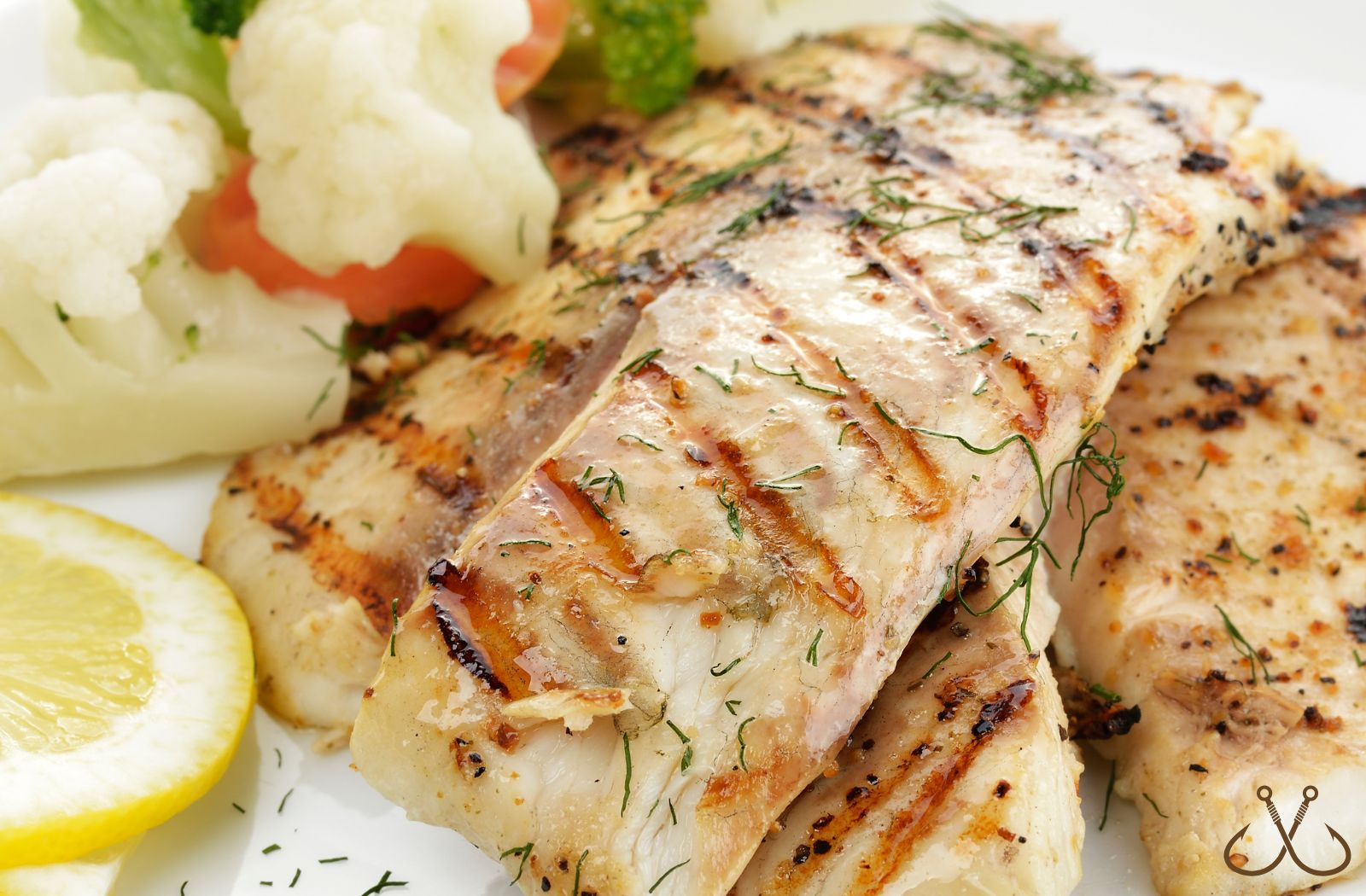
Grilled Red Drum: Grilling is a great way to bring out the natural flavors of red drum. Season the fish with salt, pepper, and your favorite herbs or spices. Preheat the grill to medium-high heat and lightly oil the grates. Place the red drum fillets on the grill and cook for about 4-6 minutes per side until the fish is opaque and easily flakes with a fork.
Baked Red Drum: Baking red drum is a simple and healthy cooking method. Preheat the oven to 375°F (190°C). Season the fish with salt, pepper, and any desired herbs or spices. Place the red drum fillets on a greased baking sheet or in a baking dish. Bake for approximately 12-15 minutes or until the fish is cooked through and flakes easily.
Pan-Seared Red Drum: Pan-searing red drum creates a delicious crispy crust while keeping the flesh moist and tender. Heat a skillet over medium-high heat and add some oil or butter. Season the red drum fillets with salt, pepper, and spices. Place the fillets in the skillet, skin-side down if the skin is on, and cook for about 3-4 minutes per side until golden brown and cooked through.
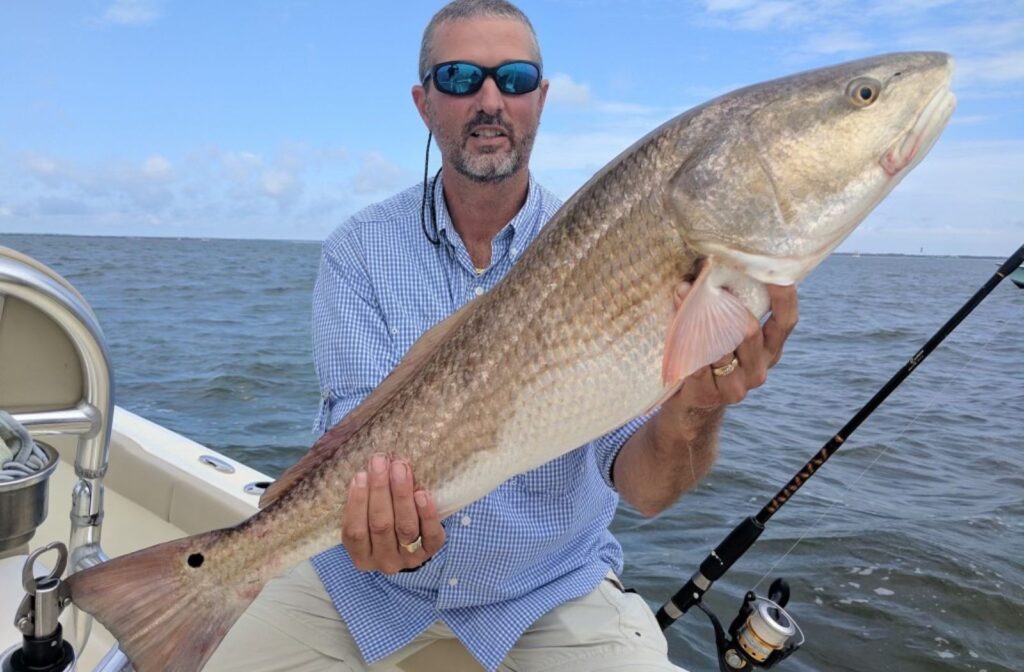
Red Drum Ceviche: Ceviche is a refreshing and tangy dish where the fish is “cooked” in citrus juices. Cut the red drum fillets into small, bite-sized pieces. In a bowl, combine the fish with freshly squeezed lime or lemon juice, diced onions, chopped tomatoes, minced jalapeños (optional), salt, and pepper. Allow the fish to marinate in the juices for about 30 minutes in the refrigerator. The acid in the citrus juice will “cook” the fish. Serve the ceviche chilled with tortilla chips or on top of tostadas.
Red Drum Fish Tacos: Red drum makes a fantastic filling for fish tacos. Season the red drum fillets with spices like chili powder, cumin, garlic powder, and paprika. Heat some oil in a skillet over medium-high heat and cook the fish for about 3-4 minutes per side until cooked through. Flake the fish into smaller pieces and serve in warm tortillas. Top with your favorite taco toppings such as shredded lettuce, diced tomatoes, avocado slices, and a squeeze of lime juice.
For tips and tricks on finding the Best Fishing Spots check out all my Backwater Secrets Here…
This post contains affiliate links for your convenience. See my full disclosure policy here.